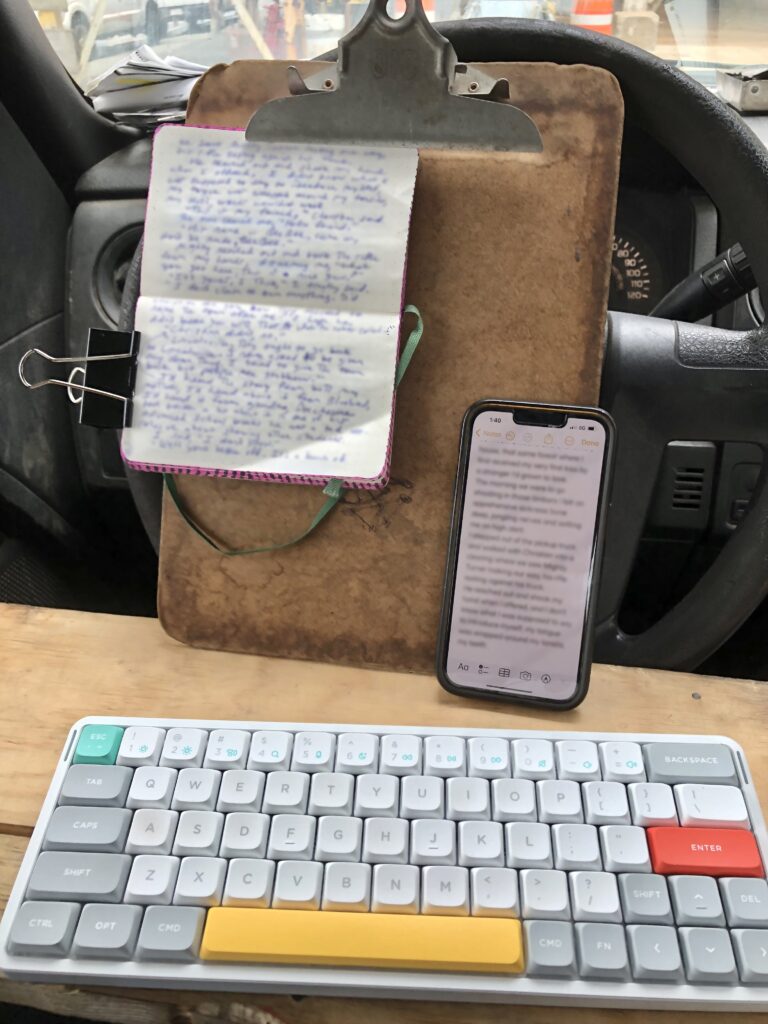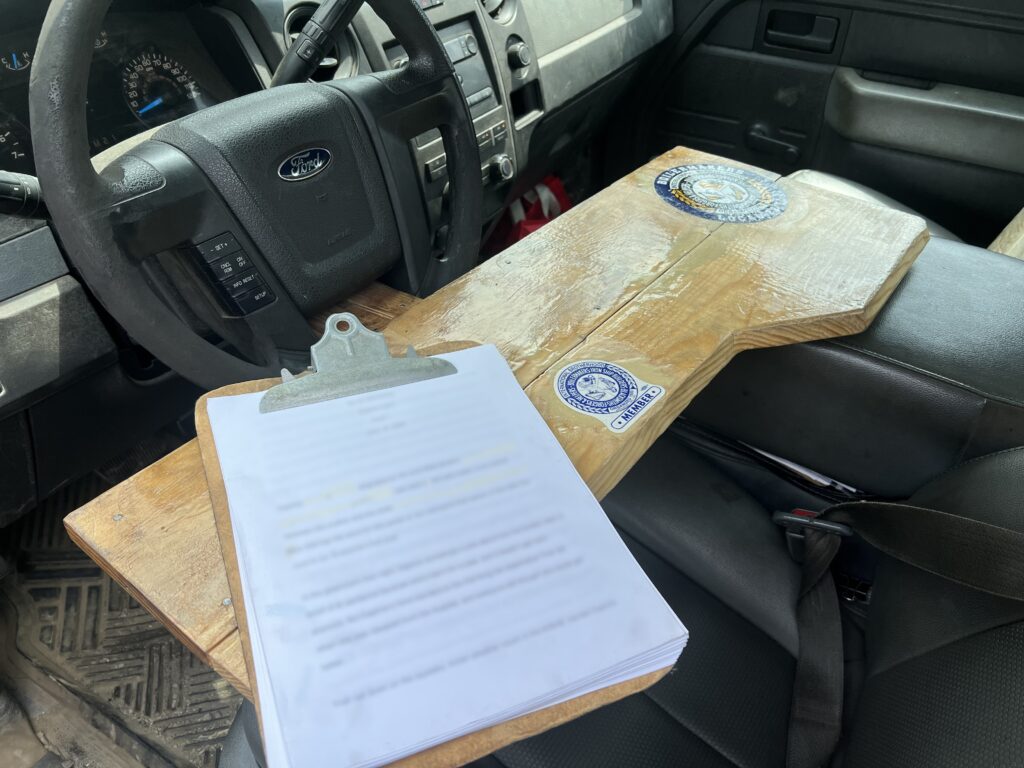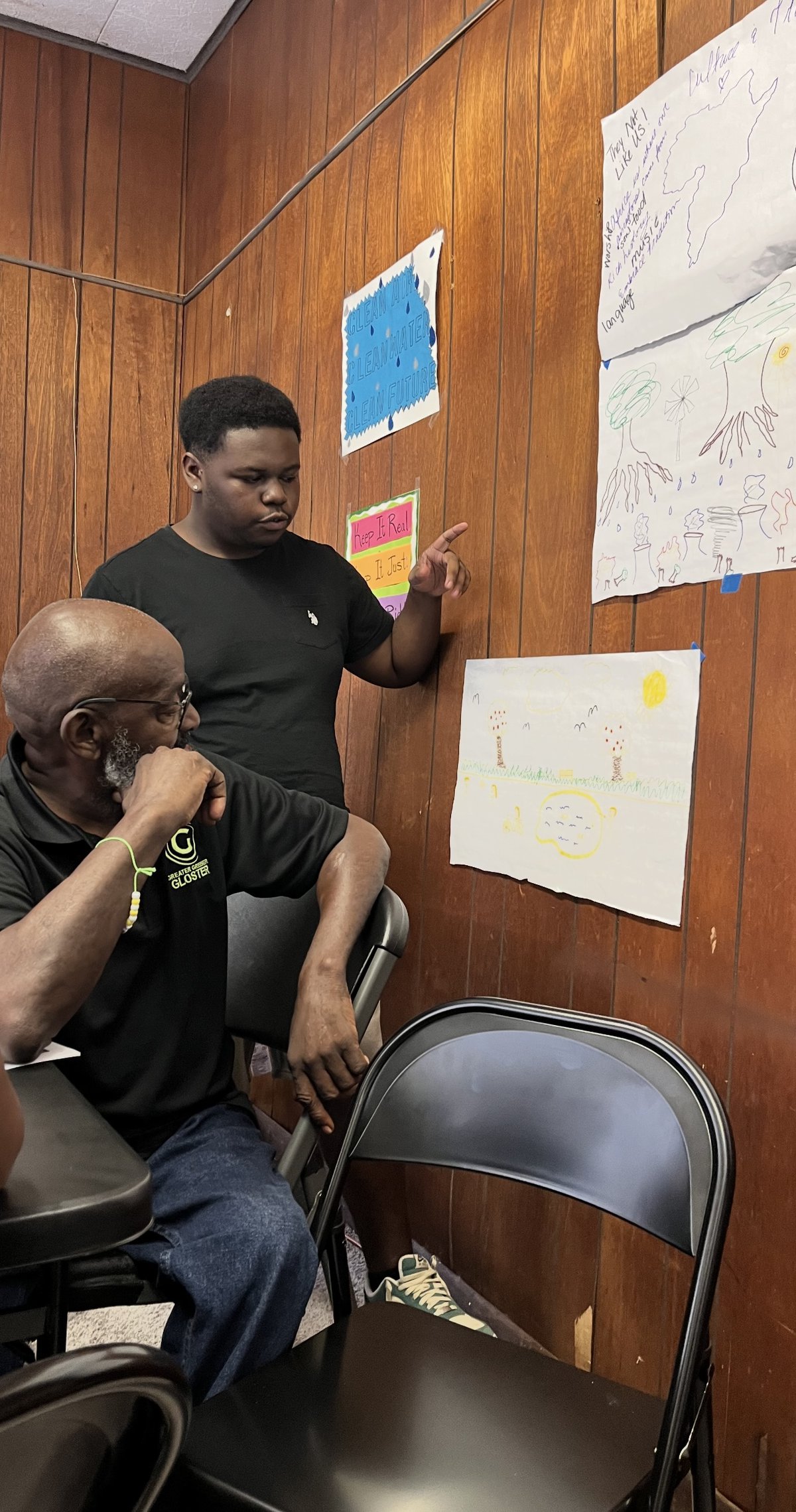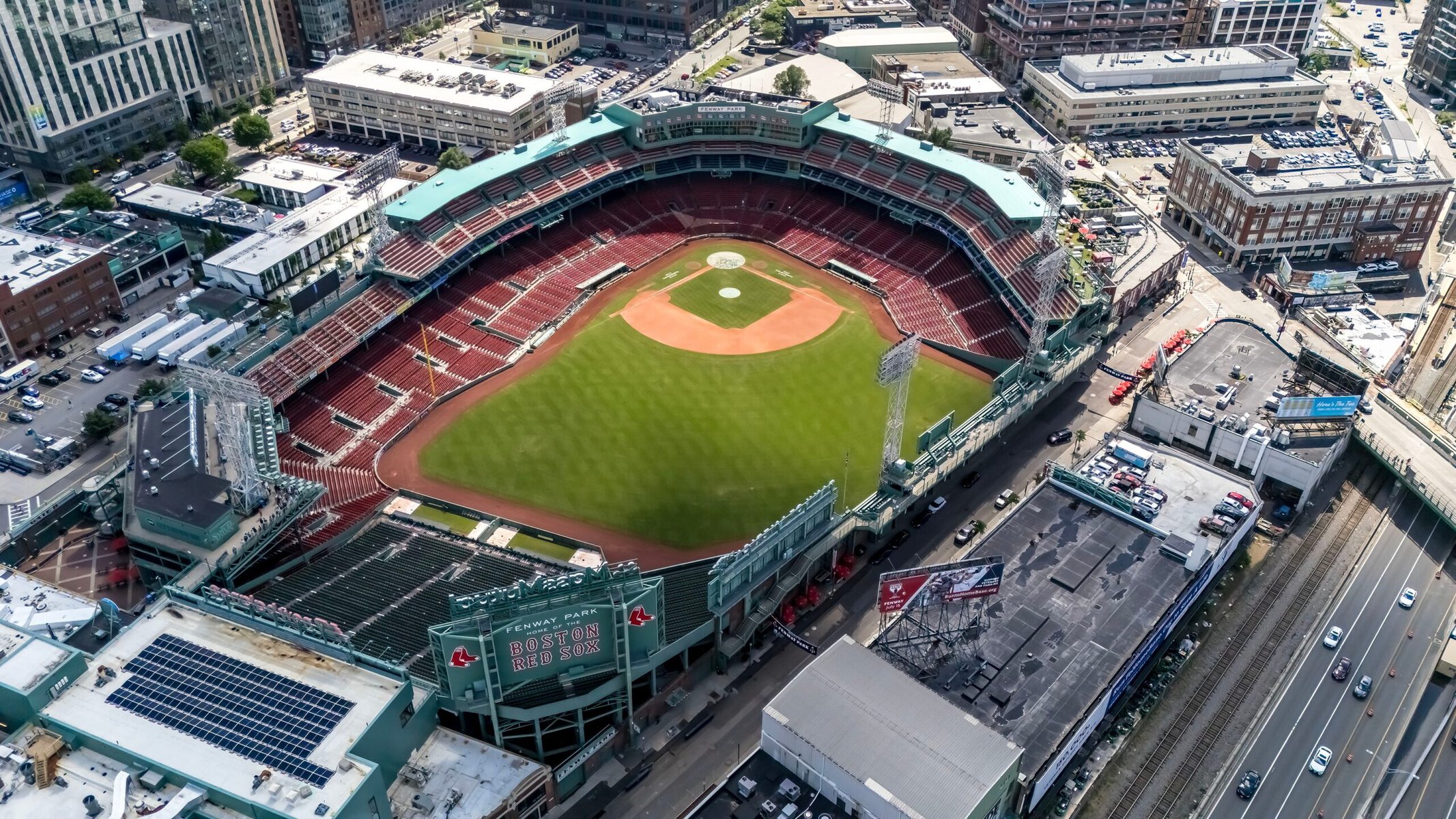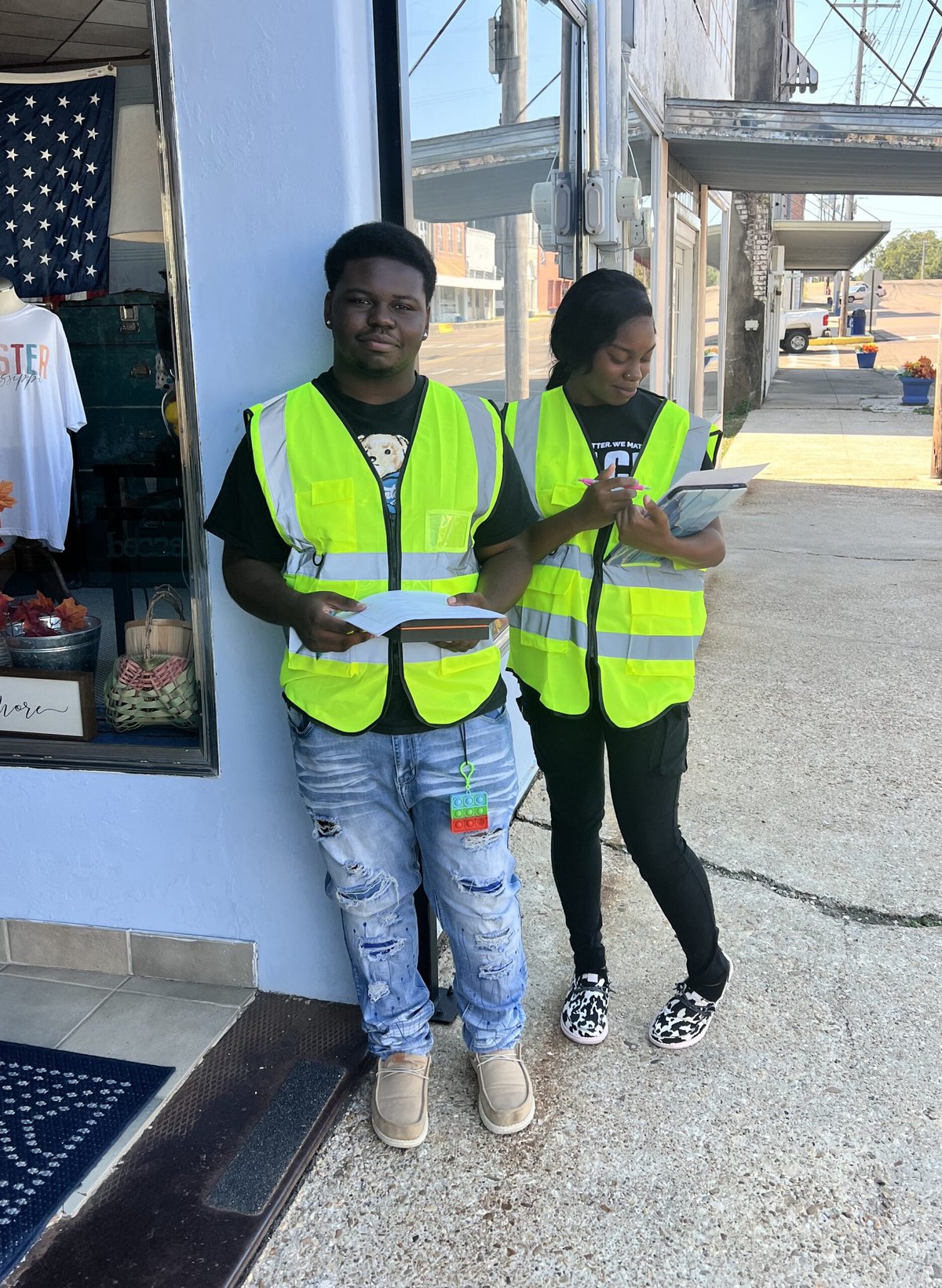
At the Authors Guild Foundation’s third-annual WIT: Words, Ideas, and Thinkers Literary Festival in the Berkshires this September, acclaimed author Jamaica Kincaid spoke with journalist and editor Sandra Guzmán about her latest work, An Encyclopedia of Gardening for Colored Children, illustrated by the artist Kara Walker. Their conversation wove threads of colonialism, botany, and personal history, revealing how gardens tell stories of power, possession, and survival.
This is an edited version of their conversation.
*
Sandra Guzmán: You tend to your garden beds like they are children, and the work must be grueling. Tell us how this love affair with flowers and plants and gardening began.
Jamaica Kincaid: I certainly didn’t grow up with the garden I now have. A garden traditionally echoes the Edenic design, where the river flows through it and divides it into a quadrant, which is traditional throughout many cultures, certainly cultures in what we now call the Middle East.
My garden has two parts to it: the Tree of Life and the Tree of Knowledge. I’ve interpreted the Tree of Life to mean agriculture and the Tree of Knowledge to mean horticulture. It’s almost invariably true that garden culture establishes itself once you have enough to eat, after you have a lot of food, and you’ve stored up the grains, and you get wealthy, and then you begin to grow things for their own sake, just because they’re beautiful.
I think I became attached to growing things because of my mother, who grew things in Antigua, but only particular things. If she tasted something and liked it, she would inevitably take the seed and grow it, and it grew, and then it grew to such prosperity—bigger than usual—and then she’d have a whole series of quarrels with the plant because it had done things she hadn’t told it to do.
One vivid example is a soursop tree she grew close to the house. When she tasted a passion fruit, liked it, and grew it near the soursop tree, it ran up so vigorously that it weakened the tree. Red ants made their home in the soursop tree and began to weaken it, then came into the house and formed a nest. She got so annoyed at the soursop tree that she set it on fire and burned it to the ground. She was always doing things like that.
I think I became attached to growing things because of my mother, who grew things in Antigua, but only particular things.
SG: Is gardening similar to writing for you?
JK: In my case, it isn’t. But there are many gardeners who would disagree with me altogether, though many of them have written books, and they’re really good writers. They’re second in terms of good writing only to mountaineers.
Mountaineers are the best writers—if you read the account of a conquest of a mountain by one of these crazy people who climb mountains, you cannot believe how good the writing is. Second are people who are gardeners, or people who go looking for plants—plant hunters, they used to be called.
When I began to garden, I gardened with simple things like marigolds and annuals. And I wondered: Where does the marigold come from? I was somehow reading the history of Mexico and Peru by William Prescott. He has a very beautiful description of Montezuma’s gardens. The marigold comes from Mexico, as do a lot of things that you think of every day, that you can now buy at the store for 10 cents.
I can’t help myself when I see something and wonder where it comes from. If you were Freud, you’d say, “Well, obviously you’re a narcissist. You’re wondering where you come from,” which is true. I often wonder where I come from, not only from our common ancestry but also from the very idea of origin itself.
SG: You have said that gardening is a kind of colonization. Can you explore this?
JK: Plants colonize themselves. They find a place that is good for them, and they grow. They colonize that area. But what we do is extend the actual act of colonizing and subjugating people to the world of plants.
If you look at an English landscape, they destroyed their landscape. They have no forests. I once was walking around, not far from where (Heywood ?) Hardy lived, and almost fell into the road because the trees that were supposed to be a forest just ended, and if I kept walking, I would have fallen into traffic.
Sugarcane isn’t natural to the West Indies. It comes from New Guinea and maybe somewhere else. Cotton is a very interesting plant. It tends to naturalize itself around the equator. Of course, you can grow it in Ukraine also, which incidentally brings me to the point that the national flower of Ukraine is the sunflower, and the sunflower is native to Arizona.
The English Garden was the first real colonization of plants because, having destroyed their own landscape, they began gardening with flowers. The English Garden [idea] of just putting flowers in the way we do [now] was new. If you look at gardening, it goes to an Italian garden. It’s all laid out and has five steps to it, but none of them are really about flowers. It was the English who brought flowers into that thing called the garden that we now do.
The British Empire, more than any other European power, drew its wealth from the vegetable kingdom. Perhaps the French would be second. The Spanish, who were always interested in the mineral kingdom, were always looking for gold and glittery things.
And then I wondered about that and one day, I was reading The Gallic War by Julius Caesar and realized that the mines for the Roman Empire were in the Iberian Peninsula. So, I wondered if that memory had an influence on the Spanish conquests of the rest of the world [due to the search] for minerals.
Of course, the Dutch had nothing but grasses, so they went to Afghanistan and all over the world and took other people’s bulbs. Do you know there isn’t one bulb you can find that originates from Holland? They come from the rest of the world.
SG: I understood that at one point, the tulip was currency, and the black tulip was the most prized and expensive.
JK: I don’t think there is a species of tulip that’s black. There is a species of lily that’s black. It’s in the Dolomites. The tulip is very vulnerable to something that will make it do all sorts of funny things, but it doesn’t reproduce. Some viruses will make it have streaks, but its children won’t have the streaks. So, somebody would have a beautiful tulip and sell it for their family’s fortune. And then the ones to come weren’t like that.
I make another connection to the introduction of grasses in gardens. They were introduced by a Dutchman named Piet Oudolf, and I hope I meet him soon. I want to ask him if he became obsessed with grasses because he had no flowers. The Dutch tulip is, by the way, native to Spain, not Holland.
SG: Let’s talk about the breadfruit entry in your encyclopedia and its connection to colonial history.
JK: Plants in a garden can tell you a lot about history. Captain Cook—and Captain Cook’s journey is probably the second-most important exploration, whatever you want to call it, after Columbus—supposedly went to that part of the world, Tahiti, in the South Pacific, to observe the transit of Venus. The transit of Venus is when Venus passes in front of the moon every two hundred and twenty years, and then it does it again twenty years later, and then it doesn’t do it for another two hundred and twenty years.
That was supposedly what the journey was for, but Cook did find many things, and his journey was an example for Thomas Jefferson when he sent (soldiers) Lewis and Clark on their expedition across the United States. Jefferson borrowed many things that Cook did. Cook took scientists and botanists—one of them was related to Greta Thunberg.
When Cook got to Tahiti, his team found that people ate this thing called breadfruit. It just grows and falls off the tree, and you can roast it and it tastes like bread if you are inclined to think it tastes like bread, or if your familiarity with bread is very limited. The planters immediately thought this would be a good thing. It grows without care.
Captain Bligh was also on that expedition—he was an incredibly unpleasant and cruel man. His ship mutinied, and they sent him off in a small boat, hoping he would die. Well, he was so bad that death refused him. So, he made another trip. It was successful, and the breadfruit got to the West Indies.
The British established a botanical garden, which was really an agricultural station—that’s the origin of the botanical garden. It’s a station for storing plants to see how they would do. They established two Botanical Gardens in St. Vincent and Jamaica. They were sending these plants, the breadfruit, to those places.
SG: Your entry about the American Elm connects deeply to American history. Could you tell us more?
JK: The North American Elm, Ulmus americana, the state tree of Massachusetts and North Dakota, because of its impressive, elegant stature, was widely used to make the new American nation appear serious and old. In our American narrative, the painter Benjamin West shows William Penn entering a treaty with the Lenape under an elm.
The treaty used the words “openness, love, and one flesh and blood.” The Lenape responded, “We will live in love with William Penn and his children while the sun, moon, and stars endure.”
William Penn is long dead, and the Lenape were dispossessed of their ancestral lands. And yet, of the fifty states, twenty-six bear the names of indigenous peoples: Alabama, Alaska, Arizona, Arkansas, Connecticut, Idaho, Illinois, Iowa, Kansas, Kentucky, Massachusetts, Michigan, Minnesota, Mississippi, Missouri, Nebraska, New Mexico, North and South Dakota, Ohio, Oklahoma, Tennessee, Texas, Utah, Wisconsin, Wyoming.
It’s one of the fun things—it’s just so amazing to me that we hated the people, and I say we because here we are. We wanted to get rid of them, but we kept their names. How can it be that twenty-six of the states are named after these people whom we were always trying to make disappear? George Washington’s career as a soldier was in killing Indians or indigenous people. That was how he was a soldier.
The American Elm is more or less extinct now, having suffered from a blight. What was left out was that the American Elm suffered from this lethal fungus and therefore made itself disappear because of the betrayal of the promise that was made under it. That is my interpretation.
SG: The name Jamaica is Arawak, isn’t it? Tell us about the power of naming.
JK: The name Jamaica is actually Arawak spelled Xamayca. Xamayca, Cuba, Borikén (Puerto Rico) and Ayiti (Haiti)—those names remained. Columbus, who was not prepared to find these things, named the other islands after things he was familiar with.
Antigua is named after a church in Spain because he discovered it on a Sunday. Saint Kitts is named after Saint Christopher because he thought in silhouette it looked like Saint Christopher the traveling saint. Dominica is named because it was a Sunday.
The naming of things and people is an act of possession. It’s not an accident that when African countries become independent, they reclaim their names.
All this renaming was a way of possessing them in the name of Isabella. Which is why, in my naughty moments, when someone says Columbus Day, I will say, “You mean Isabella and Ferdinand Day?” Because Columbus had a rather humiliating end. At the end of his fourth voyage, he was returned to Spain as a prisoner bound at the bottom of his boat because the other ravenous people had come and taken over his claim.
The naming of things and people is an act of possession. It’s not an accident that when African countries become independent, they reclaim their names—you know, Zimbabwe was Rhodesia.
SG: What is the closest thing you do that feels like a prayer?
JK: Plant something. It’s the most spiritual feeling, closeness to something divine and worthy, when I am planting something. Every evening at around six, depending on how late or early the sun decides to disappear from my sight, I walk around, sometimes with a glass of wine, sometimes with water, sometimes with nothing at all. I just walk around the garden and look at it and look at it. Just the closest I come to prayer. Yes, I am a plant worshiper.
Of course, if you can afford a garden, which means you are rich, you are never at peace. You’re most likely thinking about how to make more money, how to kill the person who has more money than you or take it away from him or her or something like that. So, the garden is never that place of peace at all.
But there’s hope in planting. You wouldn’t do it if you didn’t have hope that it would become the thing you have in your mind. Hope, oh gosh, I would say hope is as big an ingredient as fertilizing or composting.
*
To view the full conversation and discover a remarkable collection of literary dialogues from the Authors Guild’s 2024 WIT Festival, click here. You can also watch other engaging conversations between Jennifer Egan and Joseph O’Neill; Stephen Greenblatt and Emily Wilson (moderated by Meghan O’Rourke); Tony Kushner and Rachel Maddow; Sherrilyn Ifill and Ruth Simmons (moderated by Richard T. Ford); Cathy Park Hong and Sayed Kashua (moderated by Alexander Chee); Sandra Guzmán and Jamaica Kincaid; Ruth Reichl and Monique Truong (moderated by Aleksandra Crapanzano); and Marie Arana and Luis Alberto Urrea (moderated by Stephania Taladrid). These intimate dialogues bring together some of today’s most influential voices in literature, journalism, and academia. The festival is open to the public, join us in the Berkshires in fall 2025.
______________________________

An Encyclopedia of Gardening for Colored Children by Jamaica Kincaid and with illustrations by Kara Walker is available via FSG.


